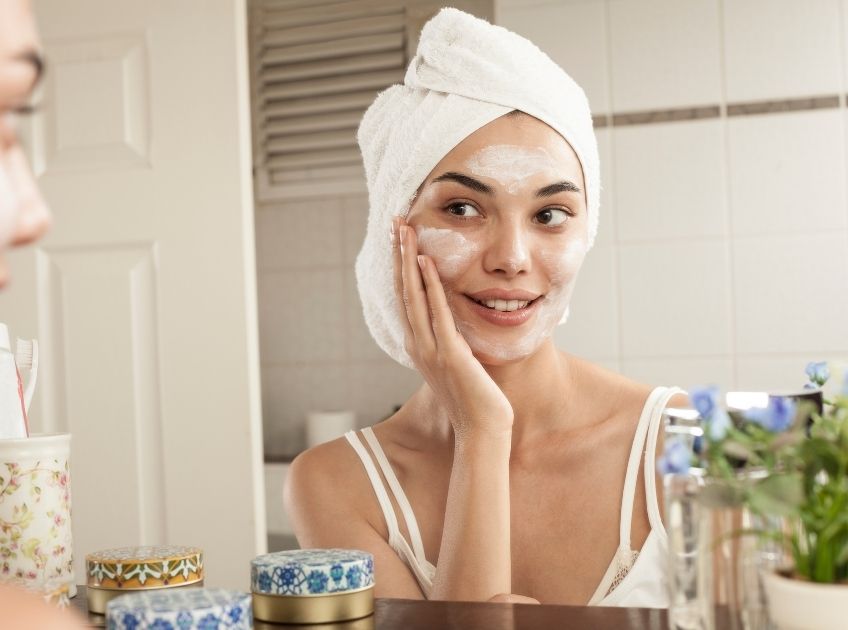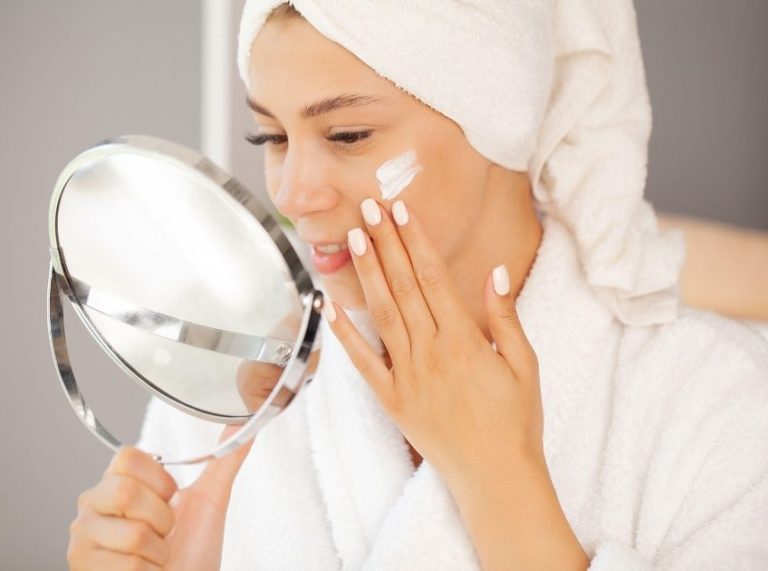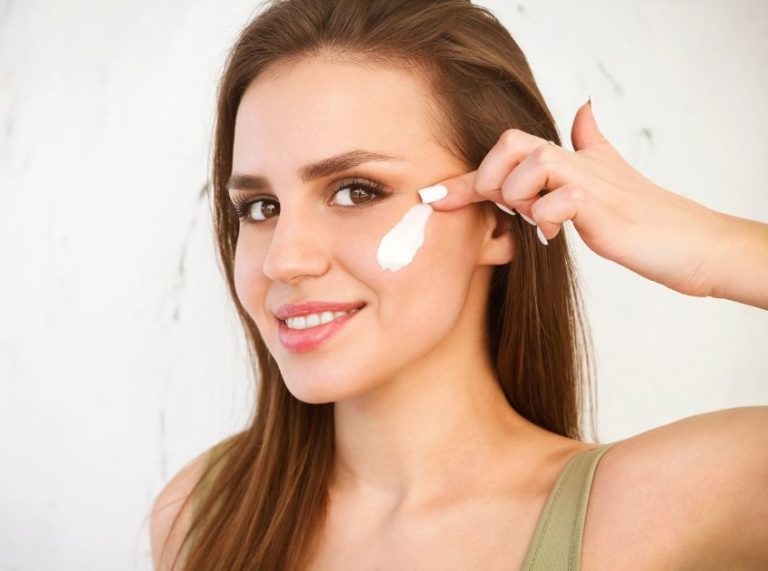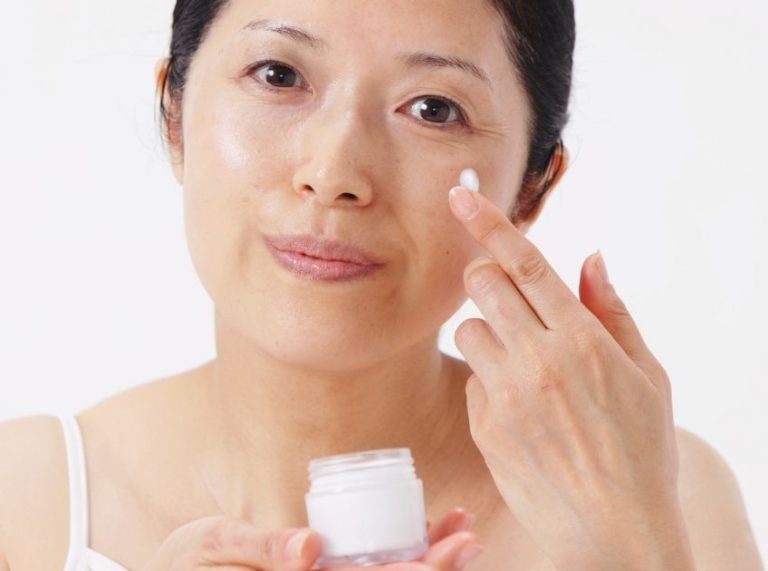
Important: This article is for informational purposes only. Please read our full disclaimer for more details.
Sensitive skin can be tricky—it reacts to fragrances, harsh chemicals, and even certain natural ingredients. If you’ve ever experienced redness, itching, or irritation after using store-bought creams, you’re not alone. Many commercial skincare products contain preservatives and artificial scents that can disrupt your skin barrier.
The good news? You can create soothing, nutrient-rich face creams at home using natural ingredients that calm inflammation, strengthen your skin barrier, and restore balance. These DIY creams are free from harmful additives and tailored specifically for delicate, reactive skin.
As a skincare expert would confirm, the key is choosing ingredients that are hypoallergenic, anti-inflammatory, and barrier-repairing—such as aloe vera, shea butter, and chamomile oil.
Article Contains
3 Soothing DIY Face Creams for Sensitive Skin
Let’s explore three dermatologist-inspired homemade face creams that can transform sensitive skin—naturally and gently.
1. Aloe Vera & Jojoba Calming Cream
Best for: Redness, irritation, or post-sun sensitivity.
Ingredients:
- 2 tbsp aloe vera gel (pure, organic)
- 1 tbsp jojoba oil
- 1 tsp shea butter
- 2 drops chamomile essential oil (optional)
How to make:
- Melt shea butter over low heat.
- Once cooled slightly, whisk in aloe vera gel and jojoba oil until creamy.
- Add chamomile oil for added calming effects (skip if you’re extremely sensitive).
- Store in an airtight glass jar in the refrigerator for up to two weeks.
Why it works:
- Aloe vera contains polysaccharides and antioxidants that reduce inflammation and support skin healing. Jojoba oil closely mimics the skin’s natural sebum, helping balance moisture levels without clogging pores. Chamomile adds anti-inflammatory and soothing properties, ideal for sensitive, reactive skin.
Study insight: A 2018 review in the Journal of Ethnopharmacology found that aloe vera’s bioactive compounds significantly improve skin hydration and reduce irritation (1).
2. Shea Butter & Oatmeal Repair Cream
Best for: Dry, flaky, or eczema-prone sensitive skin.
Ingredients:
- 2 tbsp shea butter
- 1 tbsp coconut oil or almond oil
- 1 tbsp finely ground oatmeal
- 1 tsp vitamin E oil
How to make:
- Melt shea butter and coconut/almond oil in a double boiler.
- Mix in ground oatmeal and vitamin E oil once slightly cooled.
- Whisk until smooth and creamy.
- Store in a clean, dry container away from heat.
Why it works:
- Oatmeal contains beta-glucans and avenanthramides, which soothe itching and repair damaged skin. Shea butter offers essential fatty acids that restore the skin barrier, while vitamin E fights oxidative stress that can worsen sensitivity.
Scientific Backing: The Journal of Drugs in Dermatology highlights oatmeal’s anti-inflammatory and barrier-enhancing properties, making it one of the most recommended natural ingredients for sensitive or eczema-prone skin (2).
3. Rosewater & Almond Oil Hydration Cream
Best for: Normal to combination sensitive skin needing lightweight moisture.
Ingredients:
- 2 tbsp rosewater (alcohol-free)
- 1 tbsp sweet almond oil
- 1 tbsp beeswax pellets
- 1 tsp aloe vera gel
How to make:
- Melt beeswax in a heat-safe bowl.
- Slowly mix in almond oil until blended.
- Remove from heat, add rosewater and aloe vera gel, and whisk until smooth.
- Let it cool before applying.
Why it works:
- Rosewater is naturally anti-inflammatory and pH-balancing, helping calm redness and irritation. Almond oil provides lightweight hydration, rich in vitamin E and omega fatty acids, while beeswax locks in moisture without suffocating the skin.
Study Highlight: A 2020 article in Molecules confirmed rosewater’s antioxidant activity and skin-calming effects, particularly in individuals with irritation-prone skin (3).
Frequently Asked Questions (FAQ’S)
1. How often should I apply homemade face creams for sensitive skin?
A. Use them once or twice daily—preferably after cleansing and toning—to maintain hydration and calm irritation.
2. Can I store these creams long-term?
A. Since they’re preservative-free, store them in the refrigerator and use them within 2–3 weeks to maintain freshness and potency.
3. Are essential oils safe for sensitive skin?
A. Some are, but always perform a patch test first. If you notice any redness or itching, omit essential oils entirely or dilute them further.
Sensitive skin deserves kindness, not harsh chemicals. By using pure, natural ingredients like aloe vera, shea butter, and rosewater, you can nourish and protect your skin barrier without irritation. These homemade face creams offer more than hydration—they restore balance, reduce inflammation, and leave your skin feeling calm and radiant.















